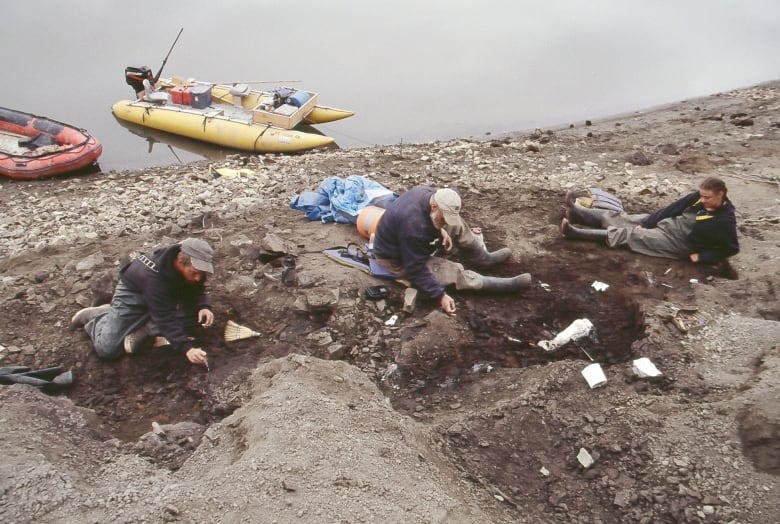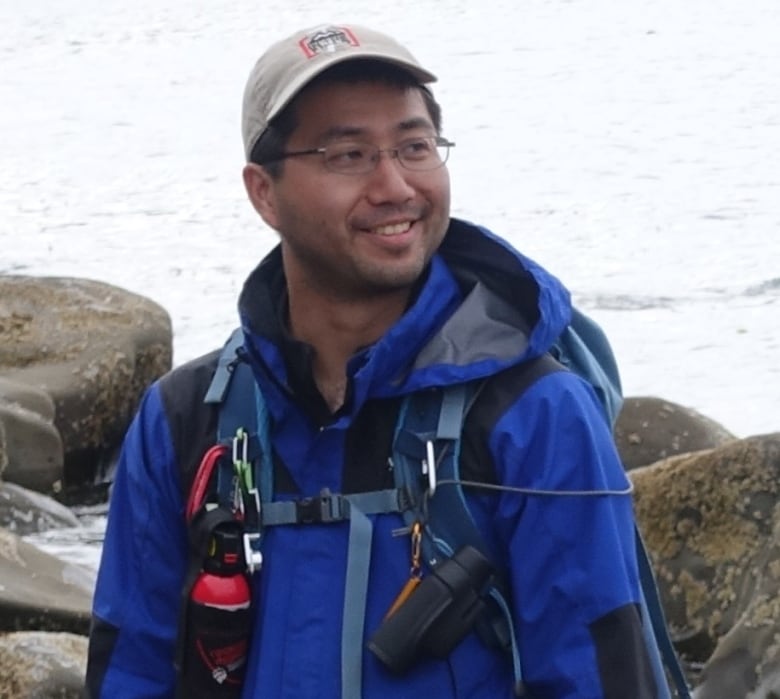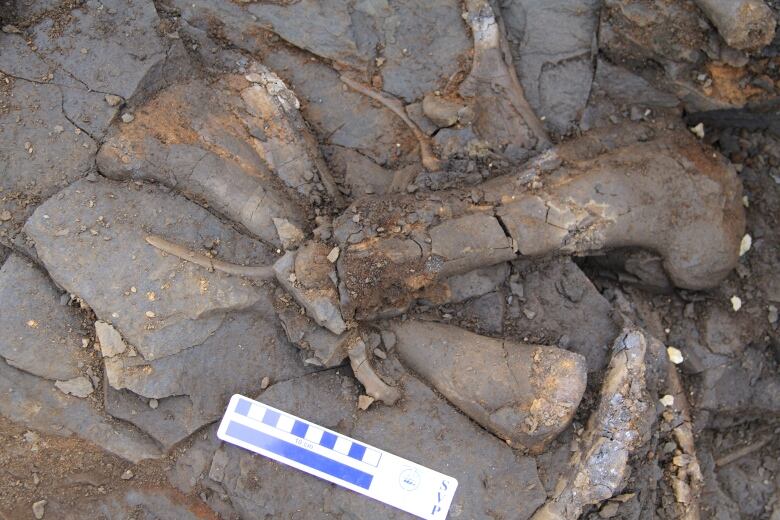Paleontologists discover Arctic's 1st-ever lambeosaur fossil in Alaska
The crested, duck-billed dinosaur roamed the Arctic about 70 million years ago

Paleontologists have discoveredthe remains of theArctic's first-ever lambeosaur a crested, duck-billed dinosaur in Alaska's North Slope.
Based on this new finding, scientists say the lambeosaurroamed the Arctic about 70 million years ago during the late Cretaceous Period,according to a new study published Friday in the journal Scientific Reports.
Paleontologists found the fossil in 2014 while excavating along the Colville River in Alaska,on the Liscomb Bonebed bluffs along the river known to be rich in other dinosaur fossils.
Anthony Fiorillo, whose team has worked in thearea for the past two decades, says itmainly producedfossils of flat-headed hadrosaurs large, duck-billed, herbivores like the Edmontosaurus.

"That is hands down the most commonly found dinosaur on the North Slope," said Fiorillo, the chief curator and vice president of research and collections at the PerotMuseum of Nature and Science in Texas.
So when his team examined a strange piece of a fossilized skull in the lab, Fiorillo said he wondered if it belonged to a species of predatory dinosaurs calledtheropods.
He came into my office one day and said 'This is something different.'- Anthony Fiorillo, Perot Museum of Nature and Science
It turned out it wasn't, so Fiorillo said he "catalogued it, put it in a drawer and forgot about it."

It wasn't until a grad student from Japan's Hokkaido University, RyujiTakasaki, came to study the Perot museum's dinosaur collection, thatscientists put two and two together.
"This guy probably looked at more Edmontosaurusbones than anyone else on the planet," said Fiorillo."He came into my office one day and said, 'This is something different.'"
They recorded theArctic'sfirst definitelambeosaurinefossil.
"That's cool," was Fiorillo's reaction to the discovery.
"So exciting," said Takasaki.
'Cows of the Cretaceous'
Duck-billed dinosaurs are so commonthroughout western North America, that they're often called "the cows of the Cretaceous," said Fiorillo.
There are two main categories of the group flat headed orcrested.
Fiorillo said the lambeosaur hada bony growth on the top of its head, and may have used it to communicate using sound amplification.

"Based on the one fossil that we have, we would speculate [the lambeosaur] isactually a very uncommon part of the the landscape."
Fiorillo said it's possible that the lambeosaurscould have lived in better-drained, more upland areas of Alaska, where horned dinosaurs were prevalent but more exploration of that area needs to be done to prove this.
And though lambeosaurswere commonly found in the Alberta area, Fiorillo said he doesn't think that particular group of dinosaurs migrated North.
Fiorillo said this discovery may help scientists understand the connection between the duck-billed dinosaurs of Asia and North America.
"It'sa piece that connects lambeosaurines ofNorth America andAsia through Beringia," Takasaki said in an email.
"Discovery of more materials in the future is expected to reveal if the Alaskan lambeosaurine is closely related to the North Americanor Asian taxonomy."
'Ah at last!' moment after hearing legends
Fiorillo said it was "particularly frustrating over the years" becausehe's only heard of legends and rumours of crested, duck-billed dinosaurs fromthe Arctic.
"It's like, 'Ah at last! Wefinally know for sure, the legend is true.'"

Fiorillo says he's also been hoping to find anIndigenous story that helps him better understand his studies in the North Slope.
Though he's had several conversations with people from Indigenous communities in northern Alaska, the stories tend to focus on ice-age mammals, he said.
"I have not yet found an Indigenous story that connects that culture to these dinosaurs," said Fiorillo.
Fiorillo says the significance in finding this unique dinosaur fossilincreases people's understanding ofArctic biodiversity.
"Even in an ancient Arctic, it was a very rich environment capable of animals that thrived in it," he said, adding that the Arctic was much warmer during that period.
"Studying this ecosystem and understanding how it works, may help inform what a [modern] warming Arctic may look like."
Fiorillo said the next step is to get back out inthe field and hopefully discover more fossilizedlambeosaurs.












_(720p).jpg)


 OFFICIAL HD MUSIC VIDEO.jpg)
.jpg)



























































































